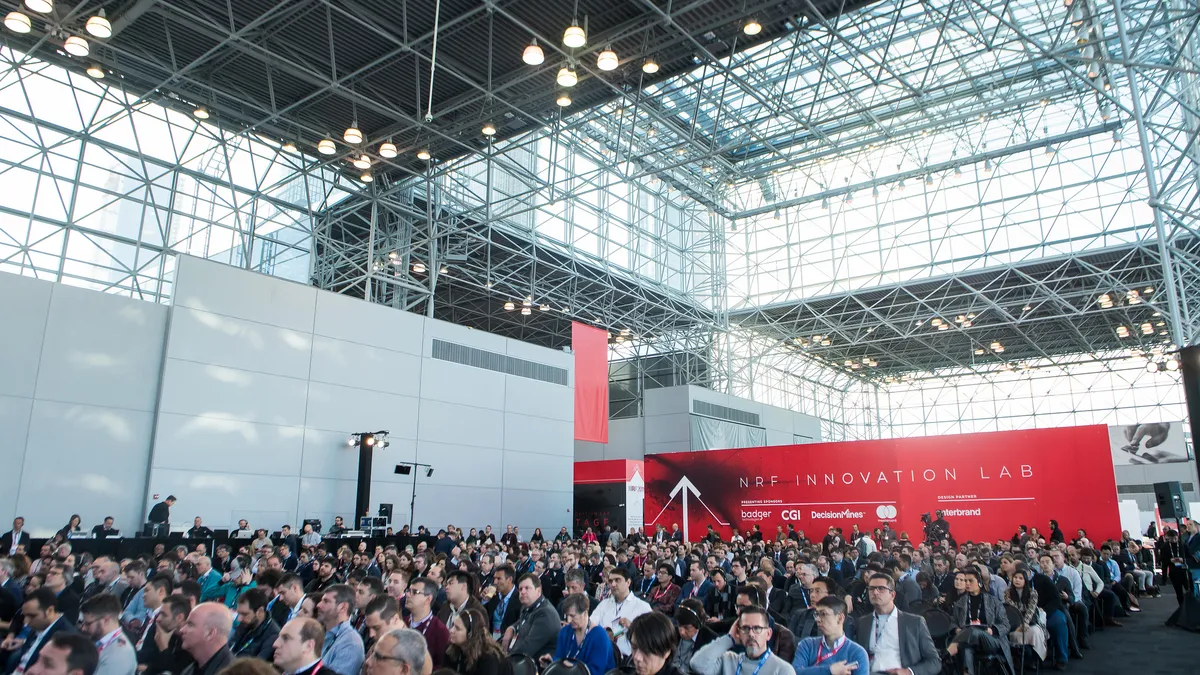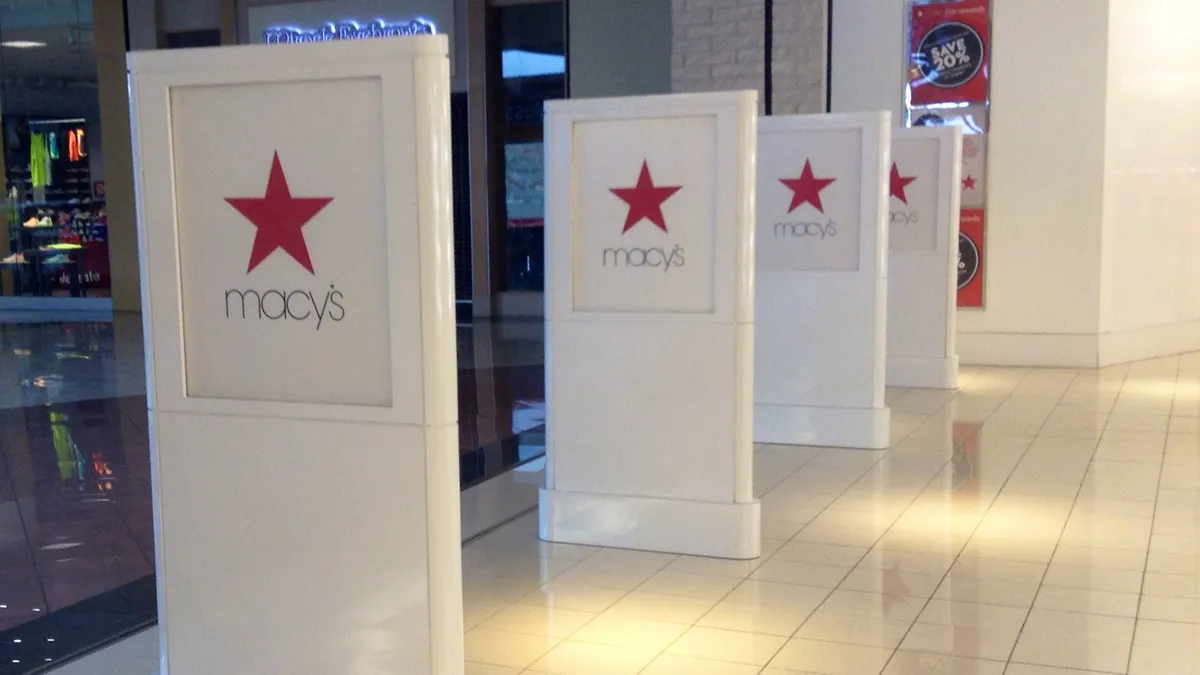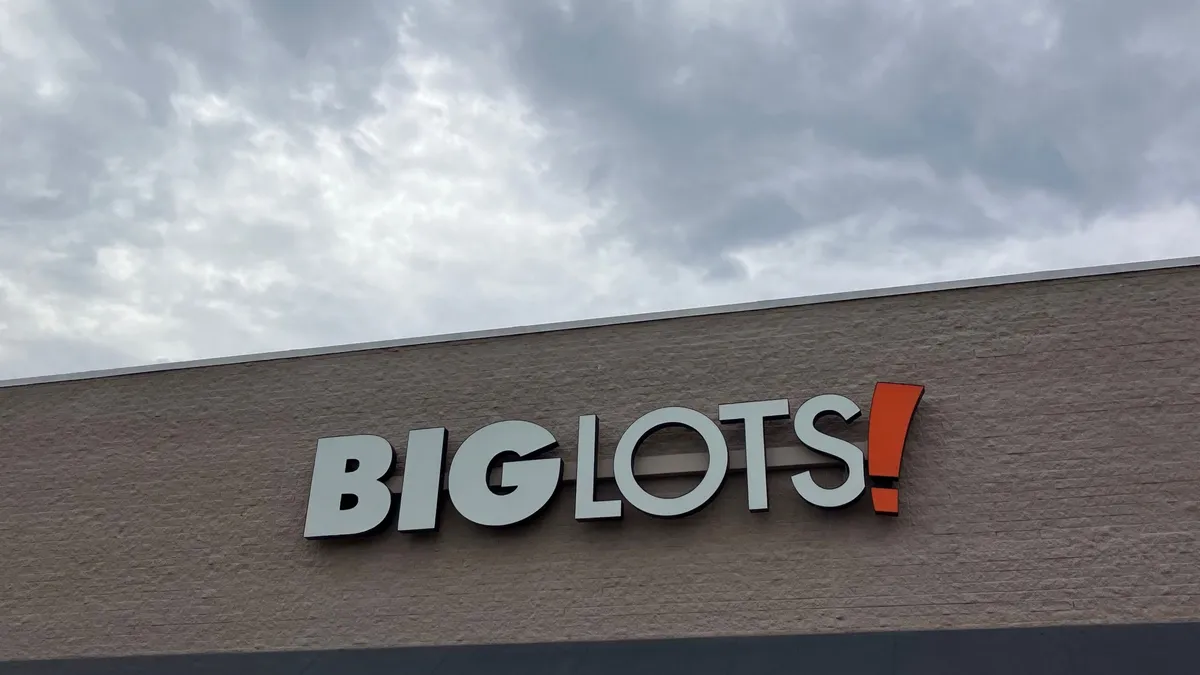NEW YORK — Retailers are quickly learning that supply chains are the place where profits are earned and lost, but motivation to achieve real-time visibility differs based on the size of the retailers, according to experts at the National Retail Federation's Big Show in New York City.
The second and mid-tier companies that Jon Slangerup, chairman and CEO of American Global Logistics, works with tend to wait for a problem before considering doing the work of achieving full supply chain visibility. They've had their pick of calamities recently, from tight trucking capacity to tariffs.
"Usually it's a major disruption like what has been happening the last two years ... Whenever something happens that causes you to miss your goals, lose money and cause your boss to be mad at you, then suddenly it becomes a problem," he told sister publication Supply Chain Dive.
Jeanette Barlow, vice president of product management for Watson Supply Chain at IBM, is more likely to be working on digital supply chain visibility solutions with top-tier retailers. She told Supply Chain Dive a sense of untapped opportunity is often driving the adoption of technology that allows for greater supply chain visibility.
"A lot of the panic that stores are dead seems to have gotten behind us, and now they're asking, 'How can I leverage the fact that I have stores?' Then it becomes much more critical to have a view of where things are and the capacity and the productivity that you have," Barlow said. In order to manage a more complicated omnichannel network, retailers need a better handle on where inventory is and how it's moving, she said.
No matter the motivation, the majority of retailers appear to have gotten the message that visibility is a must whether trying to withstand new tariffs or exploring new fulfillment models.
According to Zebra Technologies most recent Retail Vision Study report, 72% of retailers are working on digitizing their supply chains in order to achieve real-time visibility. This includes investing in myriad new tools, new tech implementations and new ways of thinking to gain that visibility.
Slangerup added that the high numbers of retailers pursuing supply chain visibility is indicative of the size of the task ahead and not progress already made. "When it comes to mapping their supply chains, most haven't got a clue," he said.












